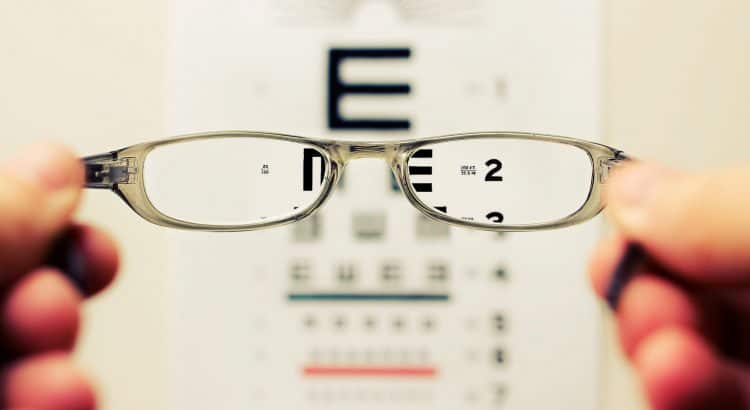You can help a friend or family member with low vision, or who is legally blind by giving them a heads up about visual impairment aids. Someone who has just learned they have visual impairment of partially sighted could use updated information on the available devices that can give them independence in daily life.
Making the most of the remaining eyesight
The reason might arise from a recent stroke, degeneration of the macula, or degenerative eye disease. For all these individuals the main concern is how to make the most of available eyesight. It is fortunate for these individuals that many aids are accessible to them. With the right type of support, a person with low vision can use what remains of their eyesight to be active in daily life.
Independent living is possible
It may seem like the end of the world for people who are losing their ability to see. You can console and comfort them with the fact that it is possible for persons with visual impairment to lead an independent life. Their situation can and will improve dramatically when they have the means to interact with other people, recognize objects, and orient themselves with respect to the environment.
Available devices: Optical aids
A hand-held magnifier is a good example of visual aid. The main function of low vision devices is to increase magnification for reading and performing various routine tasks. Optical aids for near tasks improve a person’s ability to read printed material and magnify objects held in the hands so that the eyes do not fatigue. Apart from hand-help magnifiers and stand magnifiers, persons with low vision may use high-plus spectacles and telescope systems. Today, optical aids for near and far distance may be customized for individual use. For effective use, the person must undergo specific training on the features and functions of the prescribed device.
Available devices: Non-optical aids
Persons with low vision or who are legally blind may also benefit from non-optical devices adapted to improve their performance in activities such as labeling, organizing, and orientating. For instance, supplemental lighting devices and glare control products improve their ability to use available light. They can use tactile devices such as locator dots to facilitate the completion of tasks in the kitchen.
Mobility devices are popular and readily available as well. Canes come to mind when someone with low vision wants to navigate safely and confidently. For persons who have additional mobility challenges, electronic aids may be more appropriate. There are cases when mobility devices are not sufficient. Some people with visual impairment can be assisted by trained service dogs when navigating public places.
A friend or family member in need of a low vision device must be seen by a low vision specialist to determine the type of device they need the most. It’s possible that a person would be given more than one recommendation since each device is intended for a specific purpose. If you want the person you care about to succeed inspire of visual impairment, help them find the right low vision device now.
Photo by David Travis on Unsplash
